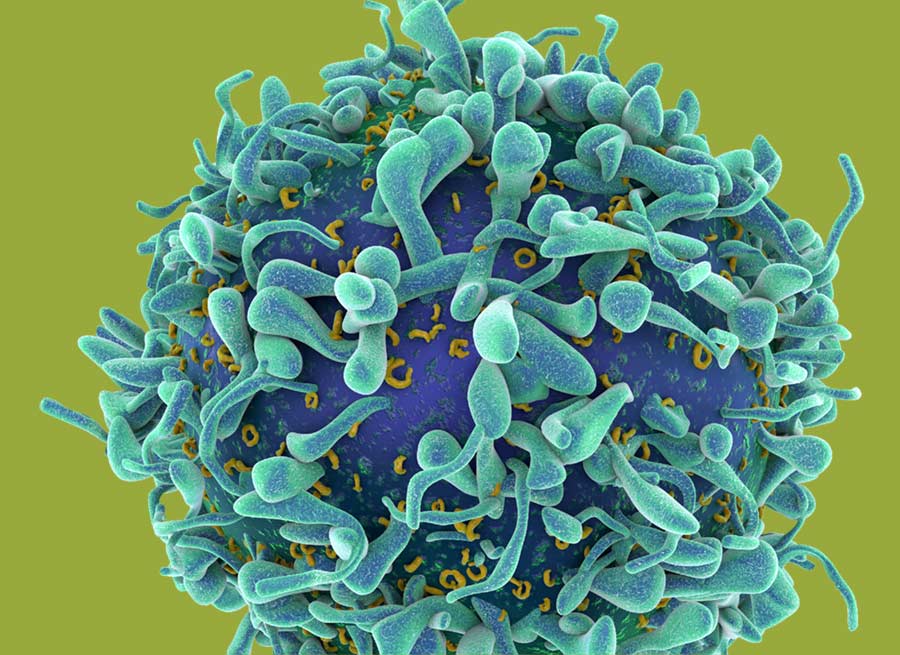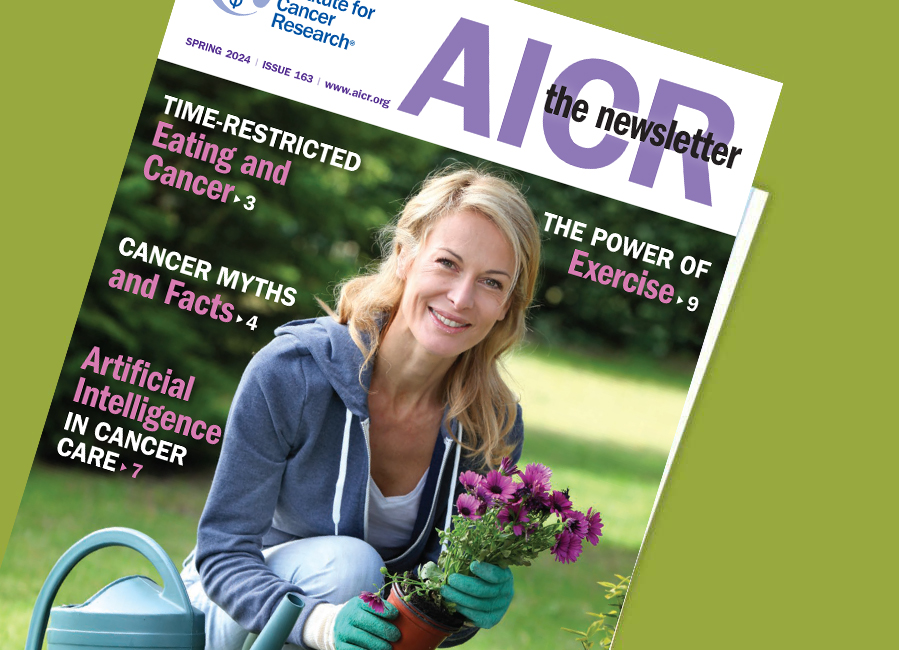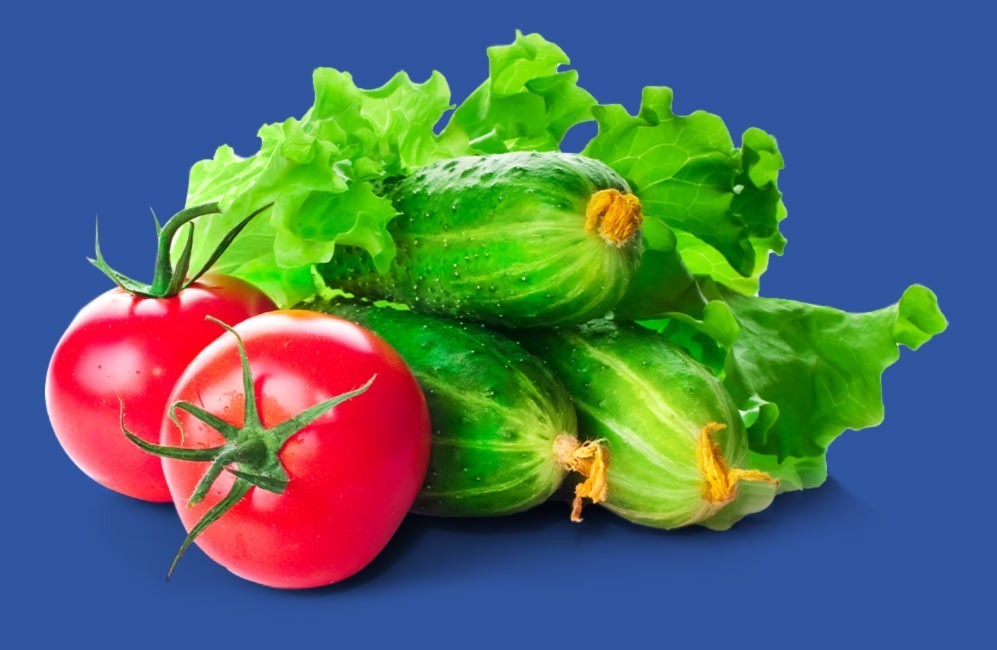Alcohol consumption led to about three-quarters of a million cancer cases last year, with increasing risk appearing even with moderate amounts, finds a major new study. The study provides the most updated estimates to date of the global toll of alcohol in the risk of developing several cancers, including breast, oral and colon.
The study is a modeling study, pulling from multiple studies and other research data—including AICR’s—to calculate the number of new cancer cases attributable to alcohol.
It was published in Lancet Oncology.
Alcohol and increased risk of multiple cancers
AICR/WCRF reports found strong evidence that alcohol consumption increases the risk of at least six cancers: breast; colorectal; mouth; pharynx; larynx; esophageal; liver and stomach. AICR/WCRF’s analysis of the global evidence also found a clear connection of alcohol increasing the risk of mouth and other oral cancers.
The more alcohol consumed, the more cancer risk increases. In breast cancer, AICR found that increased risk begins with even less than one drink a day.
For cancer prevention, AICR recommends not to drink alcohol of any type.
Cancer cases, from moderate to heavy drinking
In this new study, researchers from the World Health Organization’s International Agency for Research on Cancer (IARC) first reviewed the most recent IARC summary of evidence to determine which cancers are strongly linked to alcohol consumption. The study pulled cancer incidence data and alcohol consumption data for 2010, hypothesizing there is a 10-year latency period between drinking alcohol and a cancer diagnosis.
Then the authors used AICR/WCRF’s estimates on how much alcohol increases the risk of each cancer type to quantify the effect of alcohol on cancer.
Globally, approximately 741,000 or 4 percent of all new cases of cancer in 2020 were attributable to alcohol consumption, the study estimated. Men accounted for about three-quarters of the alcohol-related cancer cases. Most of the cases came from esophageal, liver and breast cancers.
The majority of cases were due to heavy drinking—defined as over 60 grams of alcohol daily, which in the U.S. is about four drinks a day.
Light to moderate drinkers—up to 20 grams or about two drinks a day—contributed to slightly more than 100,000 cases worldwide.
In the United States, alcohol consumption was linked to almost 53,000 new cancer cases in 2020. The countries with the highest percentage of the population affected by alcohol-related cancers included Mongolia, China, and Romania; the lowest included Kuwait, Libya and Saudi Arabia.
A harmful pathway
While the evidence is clear that alcohol plays a role in cancer, researchers are still working to understand exactly how. It’s possible that alcohol, also called ethanol, may lead to DNA or protein damage. The by-product of alcohol when it breaks down in the body, called acetaldehyde, may also cause damage.
Ethanol may also increase blood levels of estrogen, a hormone linked to increased risk of breast cancer. Ethanol may allow other harmful substances, such as chemicals in tobacco, to more easily enter the cells.
The study highlights the need for effective policy and interventions to increase awareness of cancer risks associated with alcohol use and decrease alcohol consumption, the authors conclude. For strategies to cut back on alcohol consumption, you can find some here.
The study states there is no funding source.





